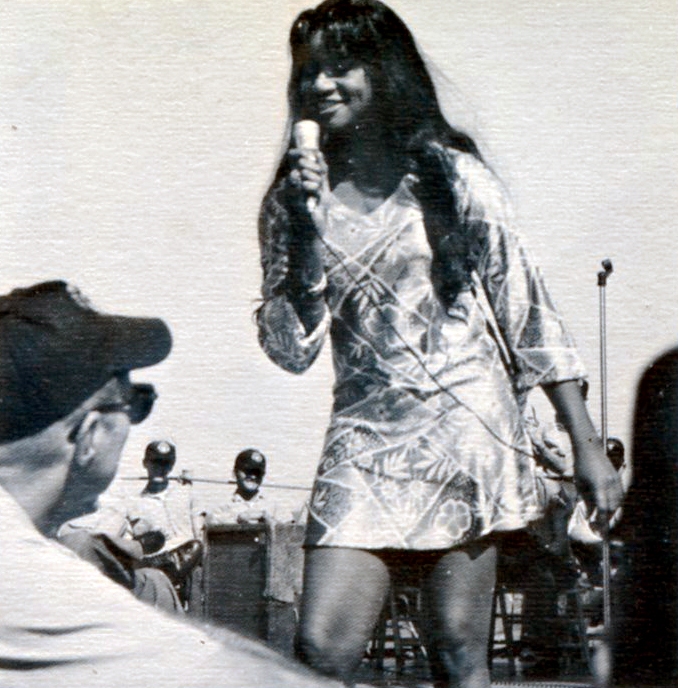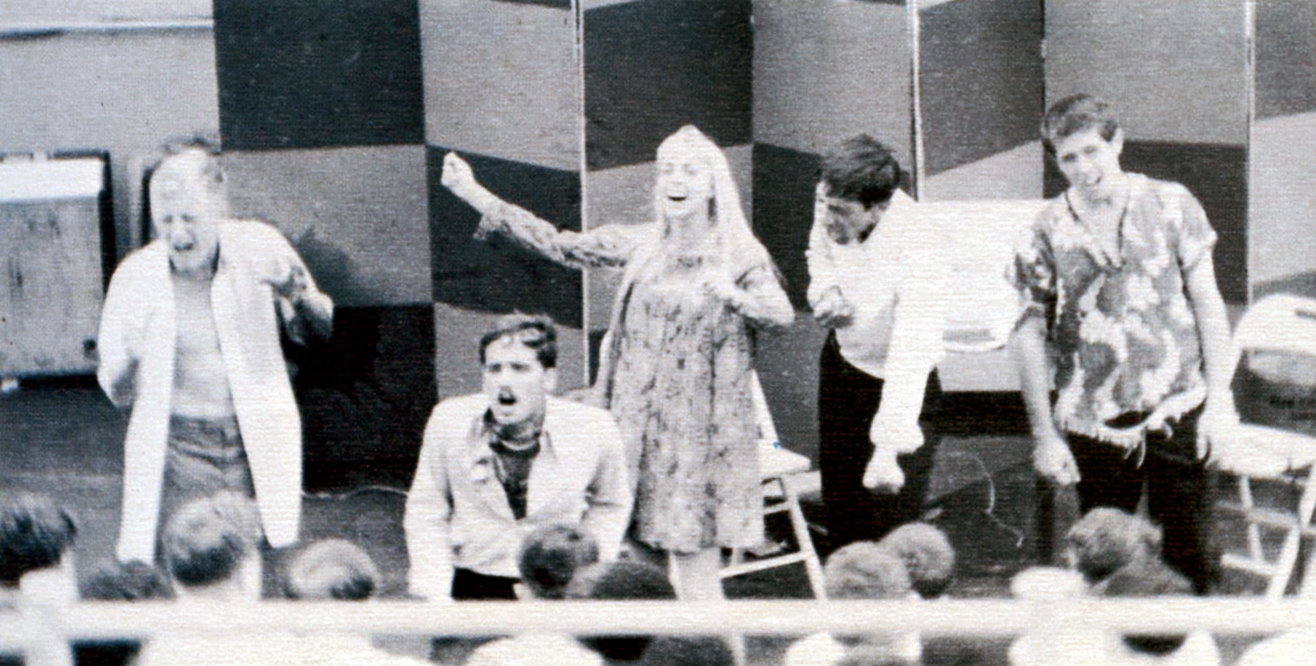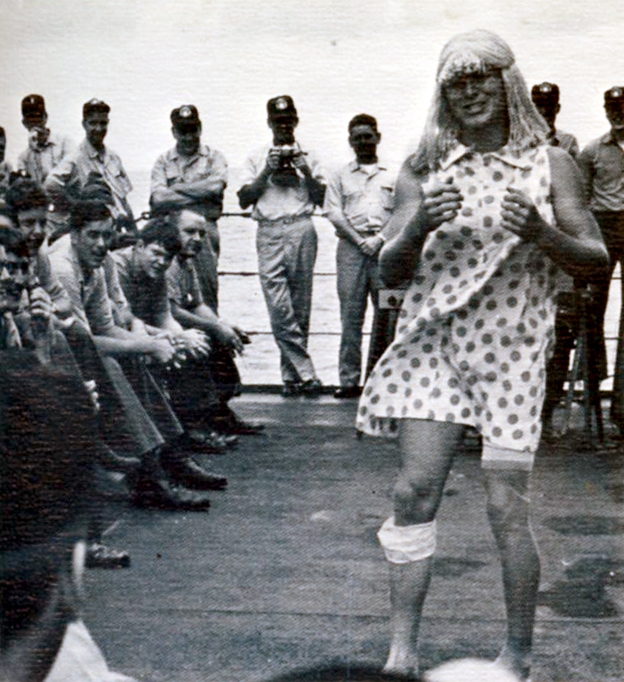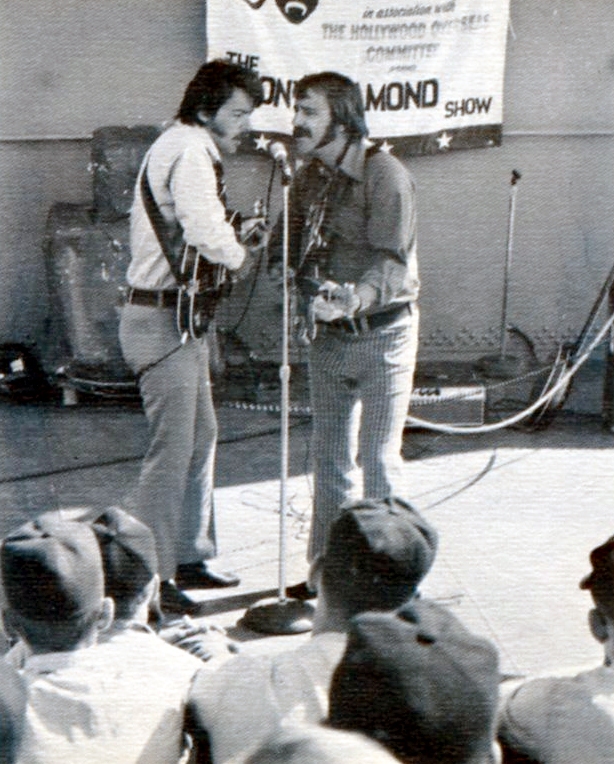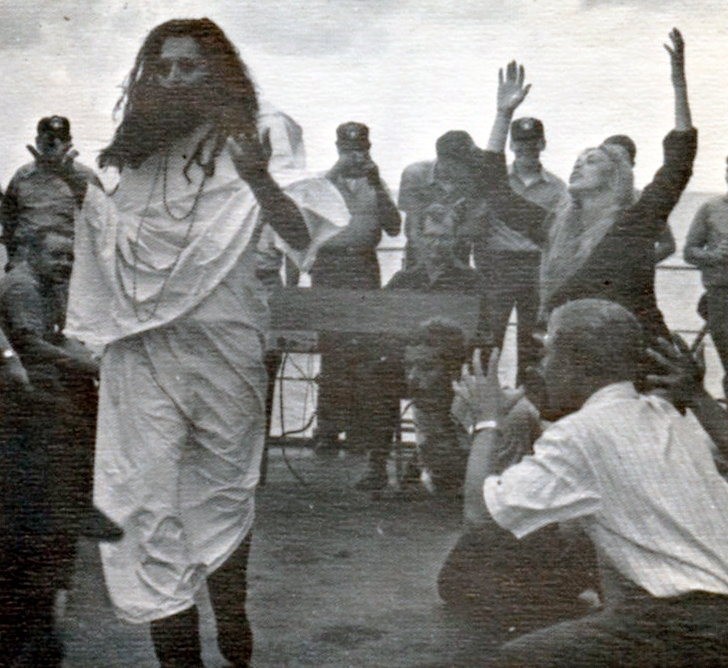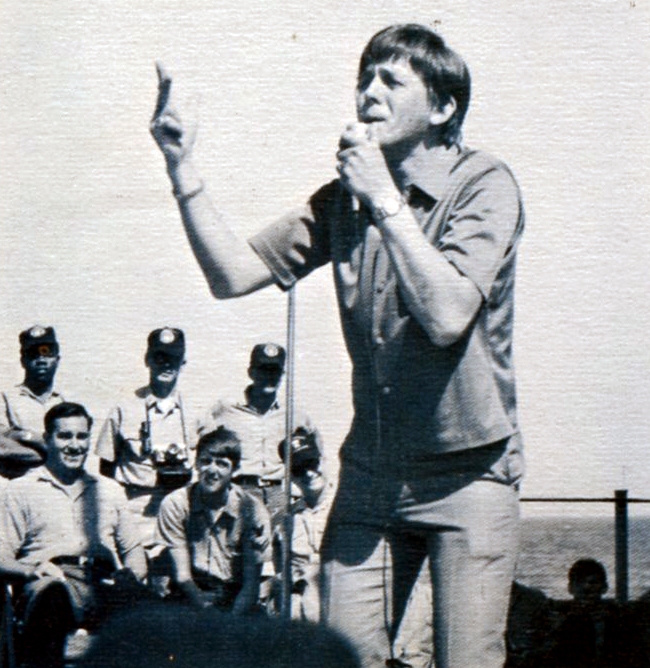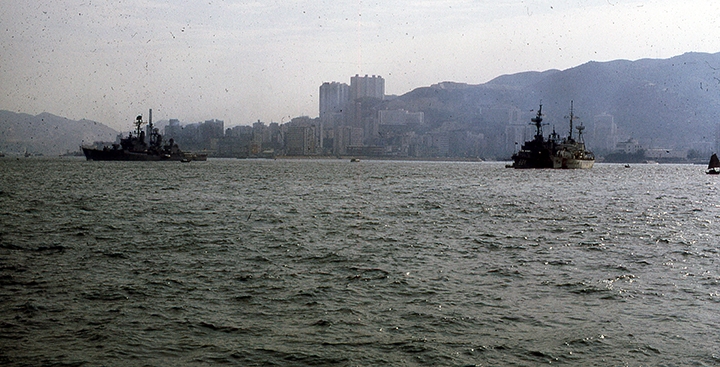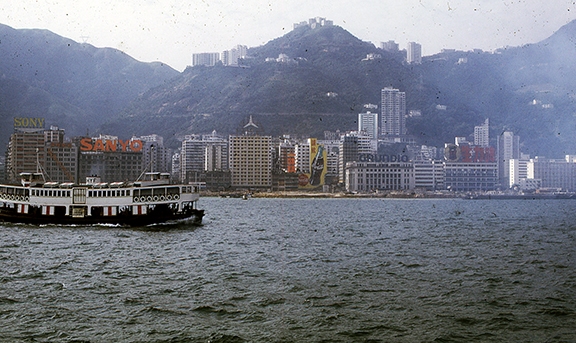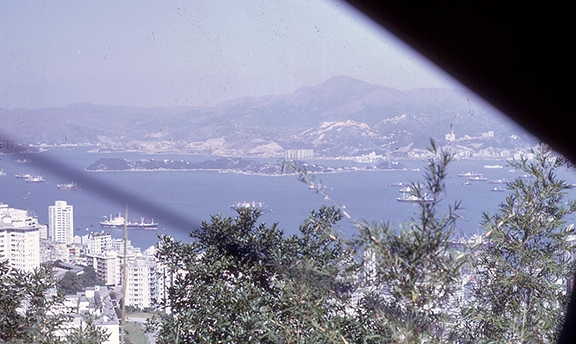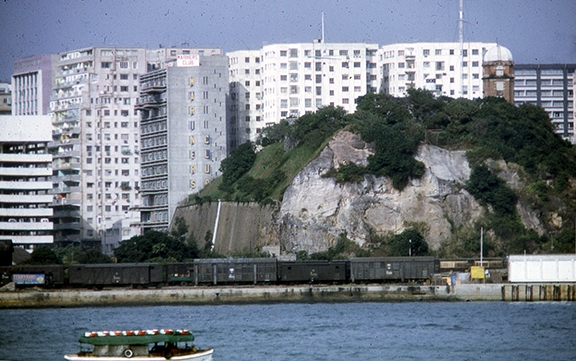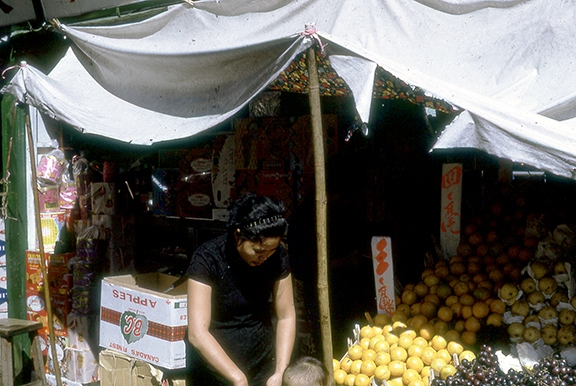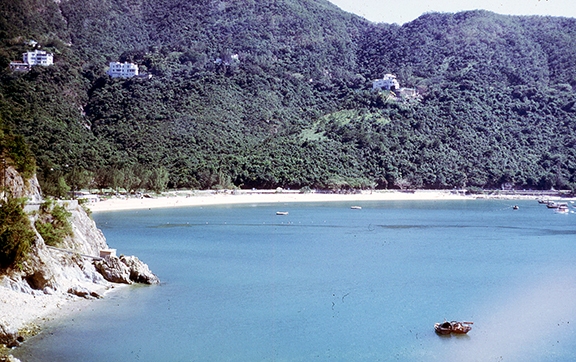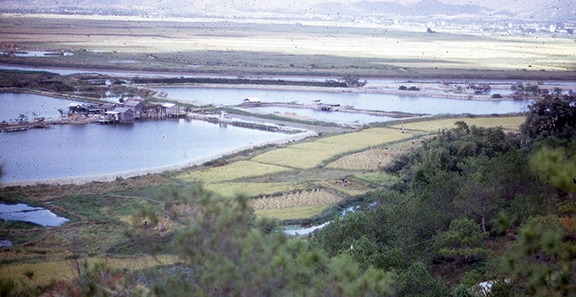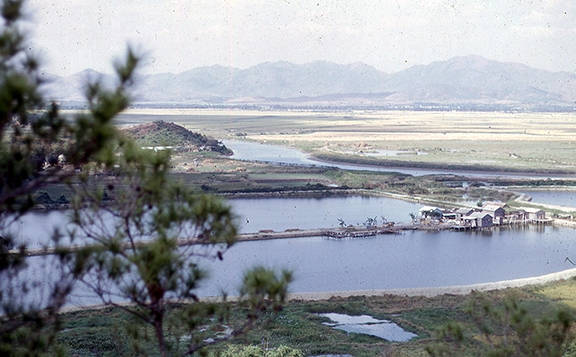
On this date 50 years ago, we bade farewell to sweet Olongapo, as Biddle got underway for Guam.
We had spent just three days in Subic, of which one, of course, was a duty day. The XO, having heard I had been a journalist, had assigned me to write up commendations, but I was still able to get out for a little bit of shopping and horsing around.
My journal noted that on one evening I visited the “Chuck Wagon” and “D’Cave” and consorted, perhaps, with a young damsel named “Anita.” “Got very little sleep,” according to my journal.
One memory from Olongapo that sticks with me was visiting the “men’s room” in one of the aforementioned establishments. It had no running water. One stood on a plank placed on the dirt floor and peed into a shallow ditch. As one left, however, a fellow on duty would hold out to you a tray with a small towel. For a tip, of course. Such graciousness. I provided a tip, but refrained from using the towel.
(I have always pronounced Olongapo as Oh-LONG-a-poh. In researching recently, I came across an Aussie pronouncing it Ohlon-GAH-poh. Anyone know the correct pronunciation?)

My final purchases in Asia were at the exchange in Subic. Bought a set of Sansui SP-1500 speakers and monkeypod salad bowl sets for two couples recently married. Back then, speaker size mattered. These Sansuis were large. Glad we had the storage space on board.
According to my journal, I stayed up all night on the 17/18th working on “those stupid commendations.” Apparently, we held up the ship’s departure for a half-hour trying to get them done and submitted, I assume in hard copy.
Soon after getting underway, we also had a missile shoot, getting at least one hit.
On to Guam!



